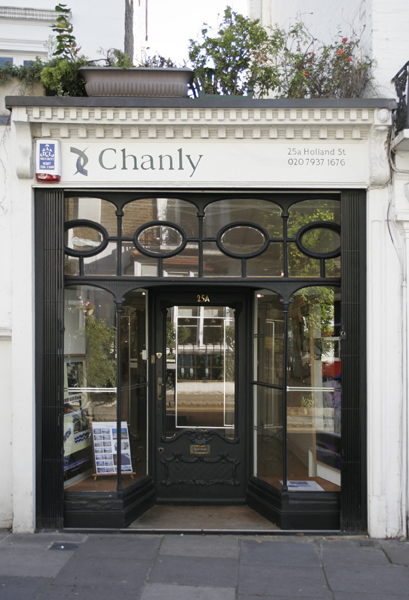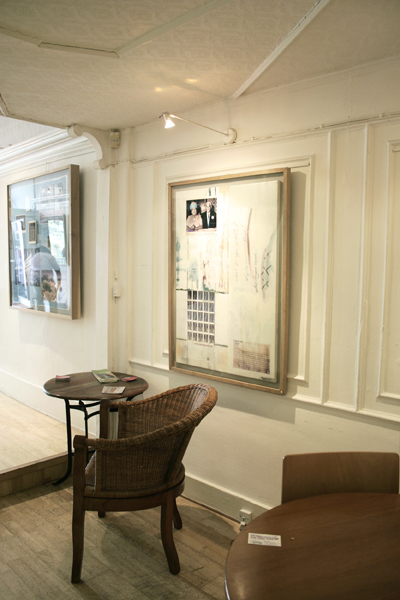2008
Basler Afrika Bibliographien (BAB)
Klosterberg 23
4051 Basel
Switzerland
2007
Chanly Gallery
25a Holland Street
London
W8 4NA
David Jacobson: “14 Dry River Beds” are the result of my return to Namibia after an absence of 33 years; and I couldn’t think of a better metaphor for how I felt than the dryness that one experiences in Namibia, the draught, the constant heat and the fact that the rivers have very little water in them other than for a couple of days a year. Coincidentally while I was working on this project, on these montages, I was also working on a project in the United Kingdom, in Hexham in Northumberland, where I was re-creating a section of river, Cockshaw Burn. This contradiction or these opposites − on the one hand I was dealing with flood defences and on the other hand with draught − was also pertinent to what I am about to say about the “14 Dry River Beds”. I want to add that you’re seeing the “14 Dry River Beds” at an exhibition at Basler Afrika Bibliographien (BAB) in Basel. This is the first time they’ve been shown in their entirety. The pieces are not in sequence. The reason they aren’t in sequence is important. One could be passing any of these rivers at any time, and in any direction, and you’ll see what you’re seeing in these montages which include photographic images, objects, text and drawings, as I prefer to call them. In other words, one image can look very much like the, but there’s a relentless beauty about this in Namibia, and it is quite relentless. The route we’re on is the B2 from Windhoek to Swakopmund. The direction I travelled to photograph the rivers was from Swakop to Windhoek. So we will now begin as they are laid out in the gallery.”
Daniela Schlettwein: “They are not laid out geographically?”
David Jacobson: “… in sequence, no.”
Daniela Schlettwein: “But you can, one could fix them.”
David Jacobson: “One could do that. That is how they work on the list that I have here. But how we are seeing them today was dictated by this space … and the reasons is that any space is different, and so it really depends on how you would relate them that way.”






















